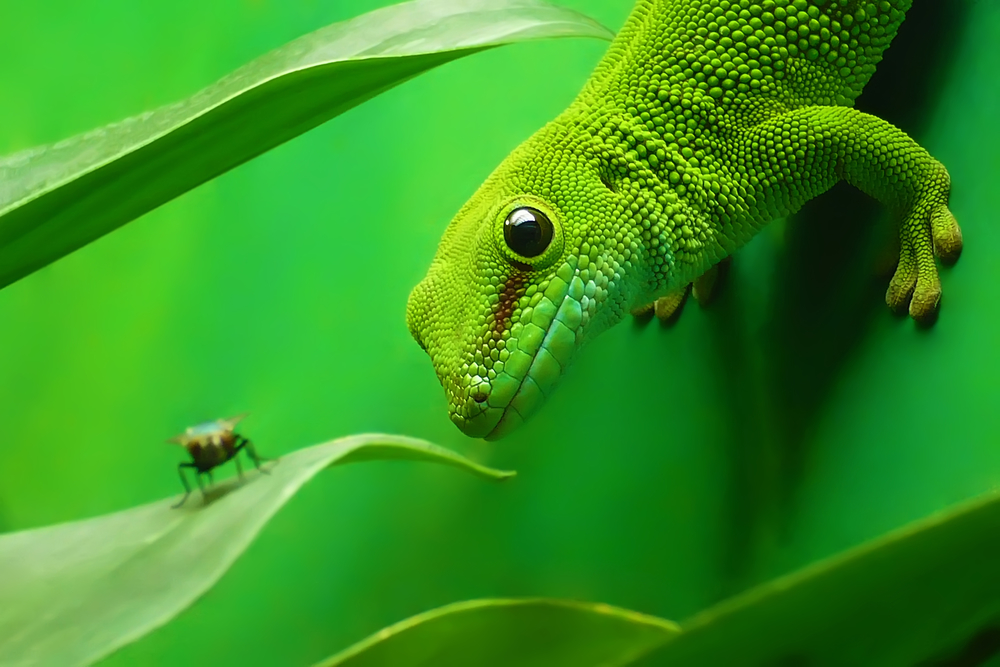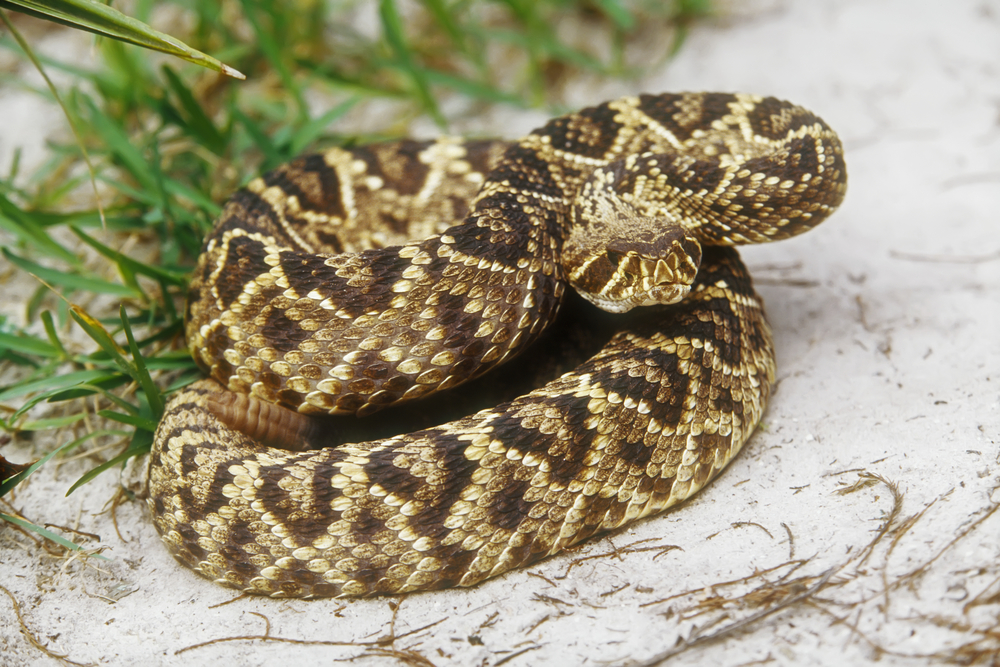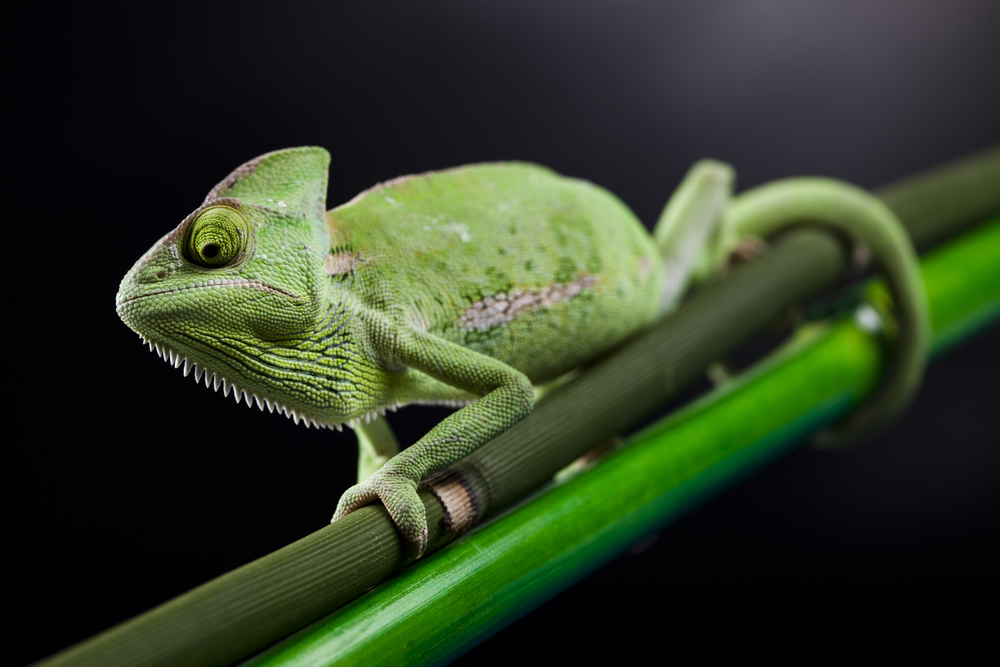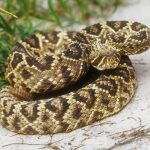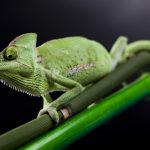Different species of reptiles have different tastes, and of course it gets a little more complicated depending on how big or old they are. Like all things related to herps, it is vital that you do your research so you can ensure that your reptile gets what it needs.
Some types of reptiles are herbivores, meaning that they need vegetation to eat. Since it takes more vegetables to energize your herp, you could expect that herbivores will eat a great deal more then other types of reptiles. Sometimes, you will hear some kinds of herps described as folivorous. Folivoures, like some kinds of geckos, eat only leaves. The dietary needs of these kinds of specialized reptiles means that you will have to be careful about what types of vegetables you feed it.
Insectivores eat a number of varieties of bugs. Crickets are often ideal and readily available in pet stores. In addition some kinds of mealworms and other bait insects might whet your reptile’s appetite. Some herp enthusiasts catch their own insects for the sake of adding variety to their reptile’s diets. Special attention should be paid to what kinds of insects can be caught locally to insure you don’t feed your reptile anything that will make it sick or unhealthy.
Reptiles that eat both vegetable matter and meat, omnivores, are active pets that need to be fed less often then vegetable-only eaters. Maintaining a good habitat is vital with omnivores to assure they are eating the right balance of both types of diets.
Carnivores eat meat. This primarily consists of mice or rats that have been pre-killed. Most pet stores have frozen mice, rats, and even small birds for your herp’s diet. Some pet stores now carry pre-packaged meals in cans. If in doubt, read up and ask experts at your local herp societies.


